Marco Fiore
Empowering Wireless Network Applications with Deep Learning-based Radio Propagation Models
Aug 22, 2024



Abstract:The efficient deployment and operation of any wireless communication ecosystem rely on knowledge of the received signal quality over the target coverage area. This knowledge is typically acquired through radio propagation solvers, which however suffer from intrinsic and well-known performance limitations. This article provides a primer on how integrating deep learning and conventional propagation modeling techniques can enhance multiple vital facets of wireless network operation, and yield benefits in terms of efficiency and reliability. By highlighting the pivotal role that the deep learning-based radio propagation models will assume in next-generation wireless networks, we aspire to propel further research in this direction and foster their adoption in additional applications.
CloudLSTM: A Recurrent Neural Model for Spatiotemporal Point-cloud Stream Forecasting
Jul 29, 2019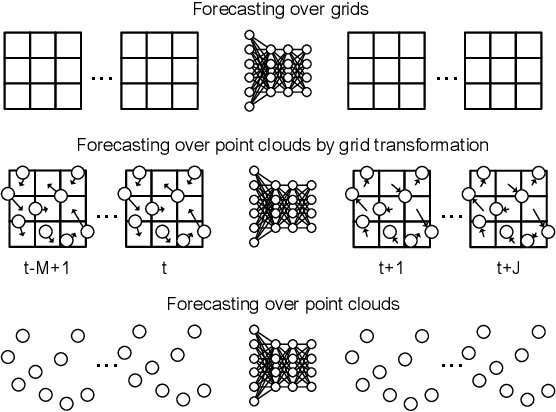
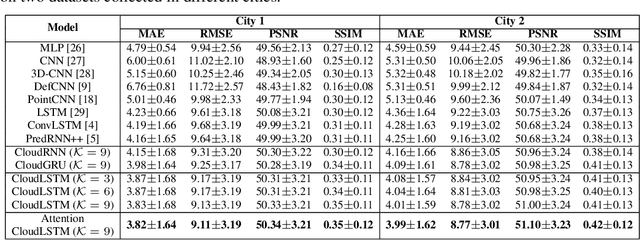
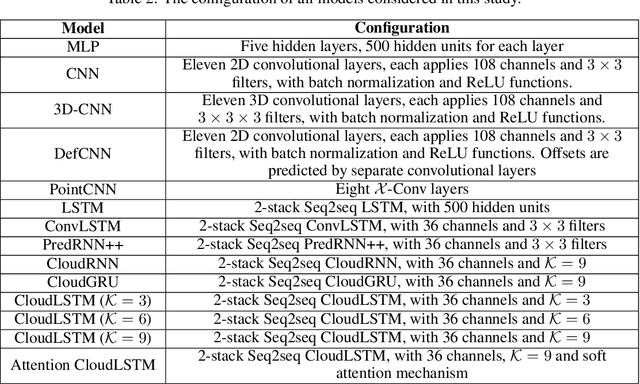

Abstract:This paper introduces CloudLSTM, a new branch of recurrent neural network models tailored to forecasting over data streams generated by geospatial point-cloud sources. We design a Dynamic Convolution (D-Conv) operator as the core component of CloudLSTMs, which allows performing convolution operations directly over point-clouds and extracts local spatial features from sets of neighboring points that surround different elements of the input. This maintains the permutation invariance of sequence-to-sequence learning frameworks, while enabling learnable neighboring correlations at each time step -- an important aspect in spatiotemporal predictive learning. The D-Conv operator resolves the grid-structural data requirements of existing spatiotemporal forecasting models (e.g. ConvLSTM) and can be easily plugged into traditional LSTM architectures with sequence-to-sequence learning and attention mechanisms. As a case study, we perform antenna-level forecasting of the data traffic generated by mobile services, demonstrating that the proposed CloudLSTM achieves state-of-the-art performance with measurement datasets collected in operational metropolitan-scale mobile network deployments.
Multi-Service Mobile Traffic Forecasting via Convolutional Long Short-Term Memories
May 23, 2019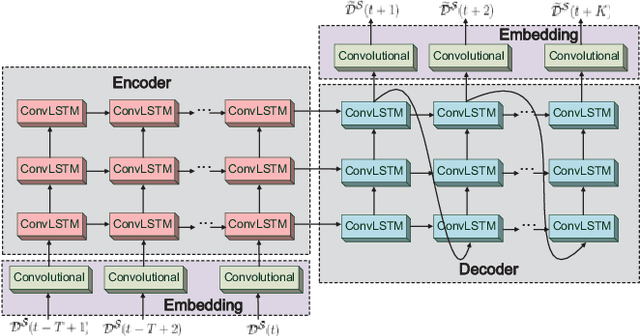


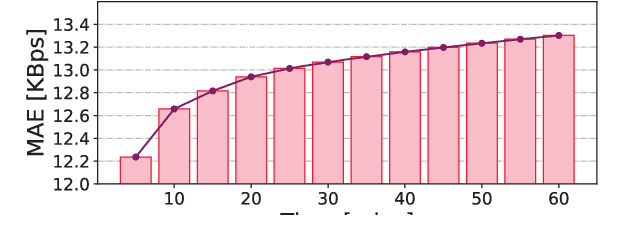
Abstract:Network slicing is increasingly used to partition network infrastructure between different mobile services. Precise service-wise mobile traffic forecasting becomes essential in this context, as mobile operators seek to pre-allocate resources to each slice in advance, to meet the distinct requirements of individual services. This paper attacks the problem of multi-service mobile traffic forecasting using a sequence-to-sequence (S2S) learning paradigm and convolutional long short-term memories (ConvLSTMs). The proposed architecture is designed so as to effectively extract complex spatiotemporal features of mobile network traffic and predict with high accuracy the future demands for individual services at city scale. We conduct experiments on a mobile traffic dataset collected in a large European metropolis, demonstrating that the proposed S2S-ConvLSTM can forecast the mobile traffic volume produced by tens of different services in advance of up to one hour, by just using measurements taken during the past hour. In particular, our solution achieves mean absolute errors (MAE) at antenna level that are below 13KBps, outperforming other deep learning approaches by up to 31.2%.
 Add to Chrome
Add to Chrome Add to Firefox
Add to Firefox Add to Edge
Add to Edge